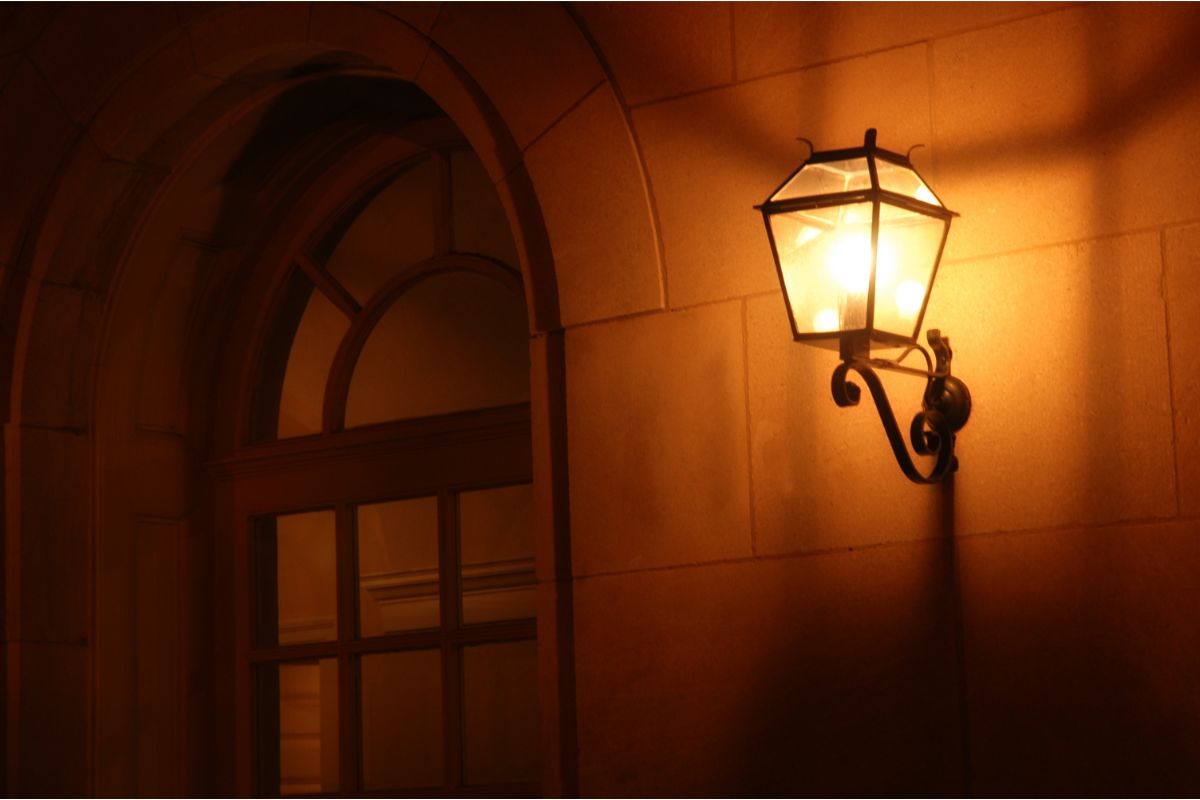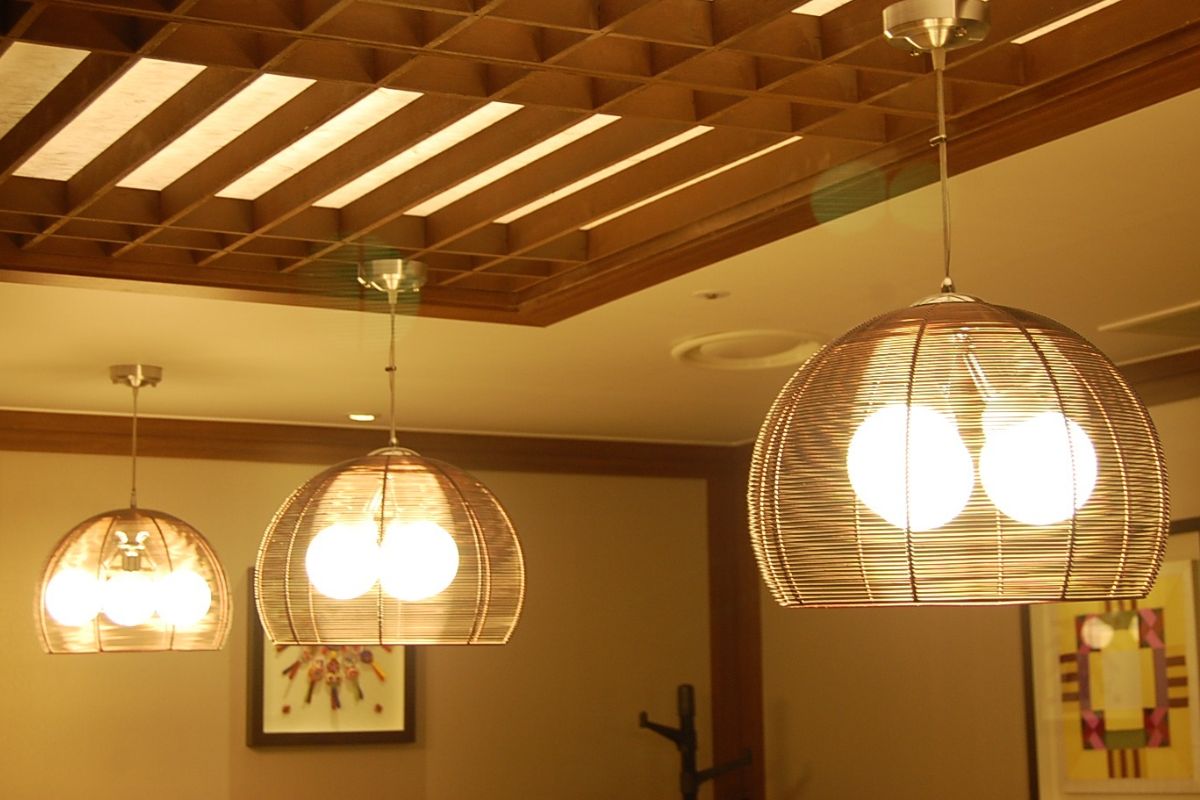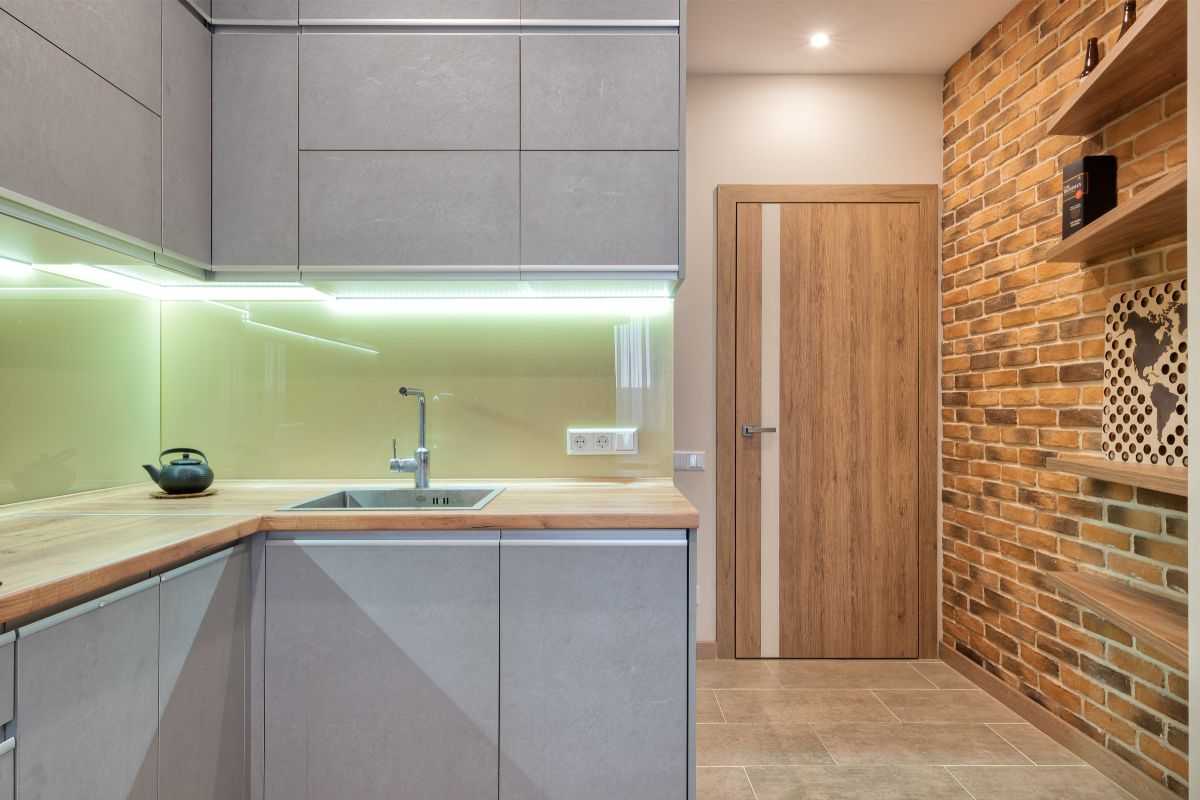Generators are essential in areas that see frequent blackouts, but they can’t work to their full potential on their own, as their job is simply to generate power.
When it comes to the more intelligent aspects of operation, such as knowing when to fire up, and getting power where it needs to go, it’s all about the transfer switch.

You can think of the transfer switch as the intermediary that links your generator to your home and smooths out power delivery to ensure sensitive electronics survive outages unscathed. But what if you don’t have a transfer switch?
Perhaps you have the installation penned in, but a blackout hits before the technician arrives on the scene, what then? Well, there are ways you can hook your generator up to your house without a transfer switch, although you should never, ever attempt them.
What Are Transfer Switches?
Transfer switches are exactly what they sound like. They facilitate the transition from grid power to backup power. Some are manual, while the best are automatic. Automatic transfer switches are fitted with sensors that monitor power entering a property.
When grid power dies, they automatically fire up the linked generator to reduce downtime and make things easier on the homeowner.
They’re particularly useful if somebody within the house relies on medical equipment, as an auto transfer switch can get this essential equipment back up and running in a matter of seconds.
Automatic and manual transfer switches handle power direction too. Those designed for portable generators can accommodate a certain amount of breakers that can be switched on or off manually by the user, thus customizing the flow of power into the home.
Why It’s Generally A Bad Idea To Link A Generator To A House Without A Transfer Switch?
Linking your generator to your home without a transfer switch is incredibly dangerous, not just for you, but your neighbors and any utility line repair professional in your area.
When you connect your generator up to your home, sans transfer switch, you’re inadvertently back-feeding power into the local utilities infrastructure.
During an outage, people will approach any wires with the assumption that electricity is switched off, so when they work on lines near you, there’s a good chance they’ll get electrocuted, which could potentially be fatal.
A transfer switch ensures that any power drawn from a generator is localized to your property. Without one, said power gets free rein in and around your property, which is where the problems start.
This is why connecting a generator – standby or otherwise – to a house without a transfer switch is illegal in most areas. There’s also the matter of liability to consider.
Obviously, you’ll be at fault if your tinkering kills somebody working on the lines, but any damages to your own property caused by your efforts to power your home without a transfer switch will also place you in some serious trouble.
Let’s say that your house catches fire because of your rash decision to hook up your generator directly to your house with no controlling intermediary. There isn’t an insurance company on the planet that will take your claim seriously.
If you want to be able to link your generator to your house, it’s essential that you book in a transfer switch installation immediately. And to prevent an emergency scenario where there’s a blackout before your installation takes place, book it in for the same day you get your generator.
Transfer Switch Alternatives

Okay, so we’ve established that you absolutely need an intermediary device to handle power transfers when the power goes out and of course when grid power returns, but transfer switches aren’t the only way to keep your backup and utilities power separate.
Pairing an interlock kit with a power inlet box does essentially the same thing. They’re legal in most areas, and installation is relatively simple if you have a bit of experience in this field of work. Still, as getting something wrong could be a matter of life and death, it’s always best to hire a licensed technician to install it for you.
Alternatively, if you want to save yourself some money, install the interlock kit yourself but have a technician come and inspect it for safety after the fact.
Should I Install A Transfer Switch Or An Interlock Kit?
Both power separators have their benefits and drawbacks, but generally speaking, which one you shoot for comes down to how powerful your generator is.
If you’ve got an all-singing-all dancing super generator capable of powering your whole house, then you’re better off going for an interlock kit and power inlet box, as it will ferry power to every outlet and utility in your house.
If on the other hand, you have a smaller generator you’ll be using to power a limited number of appliances and outlets around the house, then you’re best off going for a transfer switch.
As transfer switches are comprehensive control units that combine everything you need to handle your power splitting and delivery in one box, they’re the premium option, but they’re limited in the number of circuits they can link up to.
This is why it’s better to pair them with smaller generators that can only power a finite number of things in your home. Interlock kits, by contrast, have no limitations on the number of circuits they can link up to, which is why they’re best paired with larger generators.
The only exception to this rule of thumb is when a standby generator arrives with a dedicated transfer switch designed specifically for delivering power to a whole house.
Final Thoughts
Can you hook up a generator to your home without a transfer switch? Yes. Should you hook a generator to your house without a transfer switch? No! Doing so would be irresponsible and highly dangerous.
However, if by, “without a transfer switch”, you mean what can you use instead of a transfer switch, an interlock kit with a power inlet box is the only other safe option.



